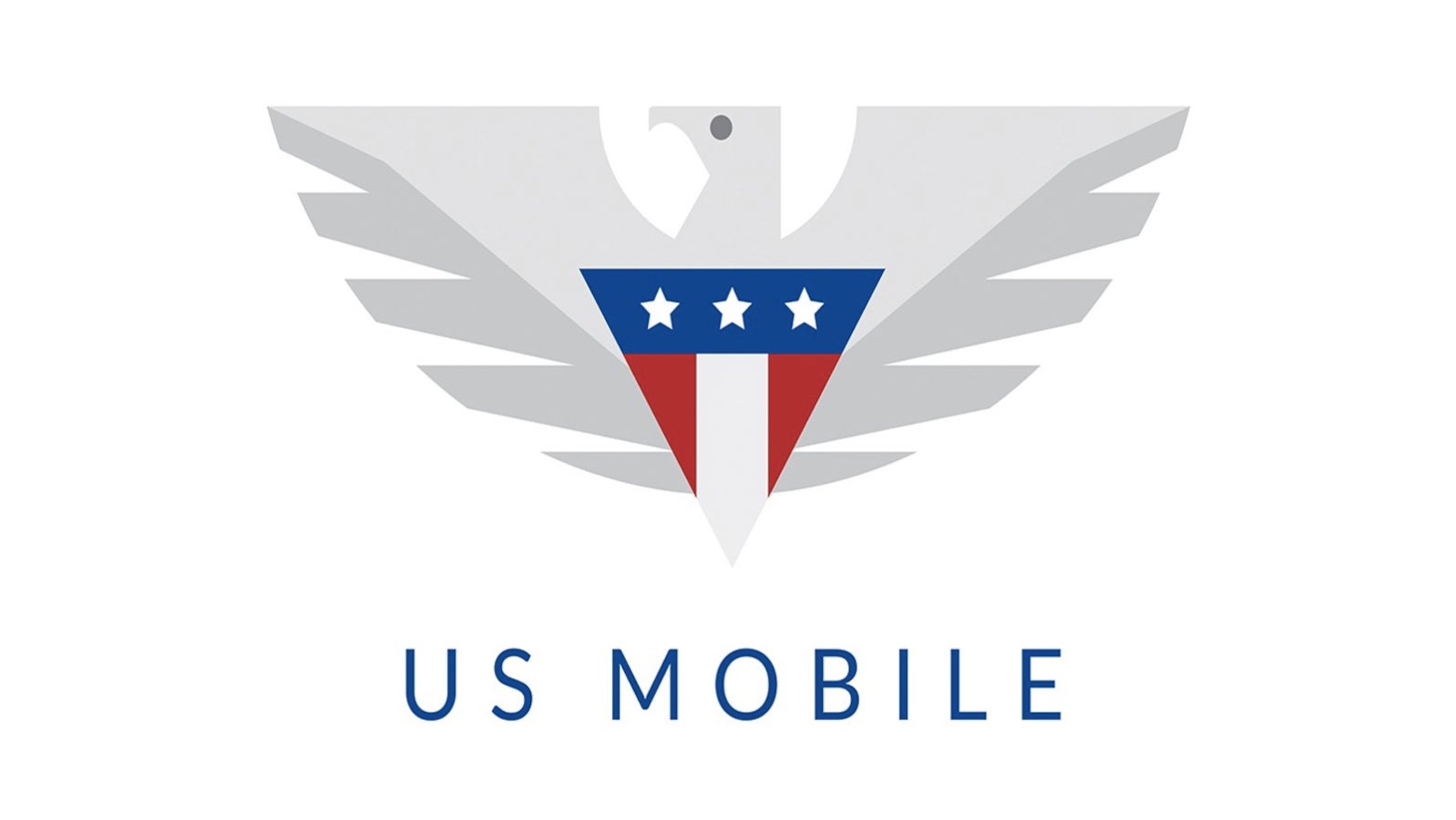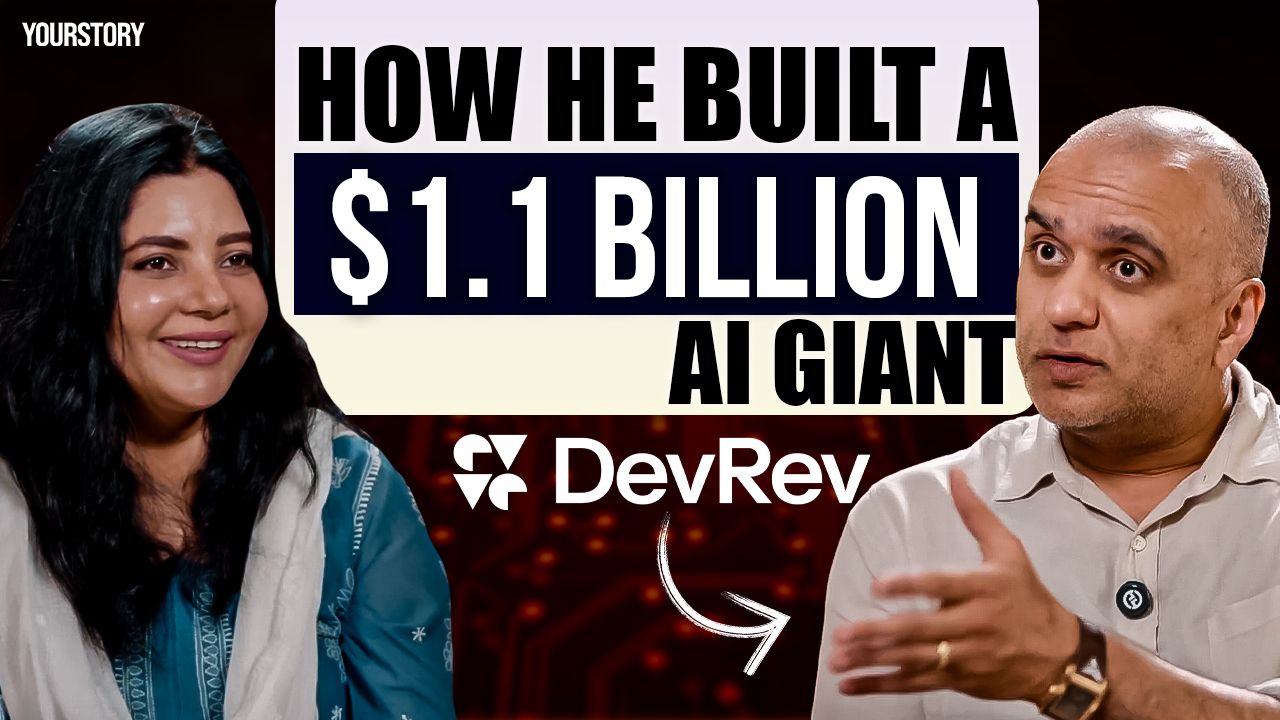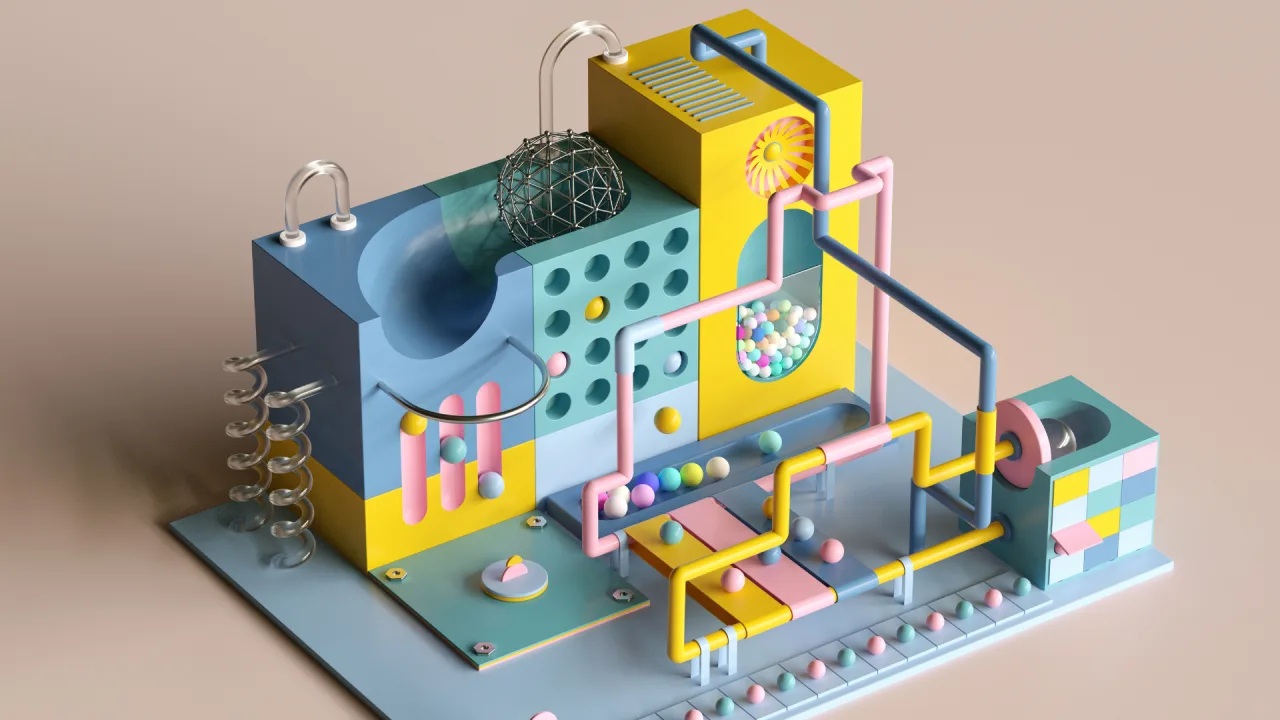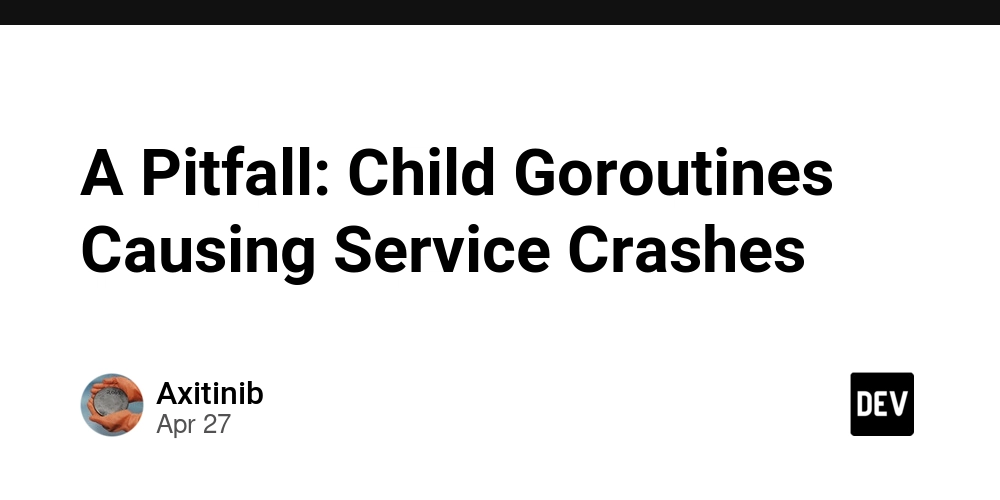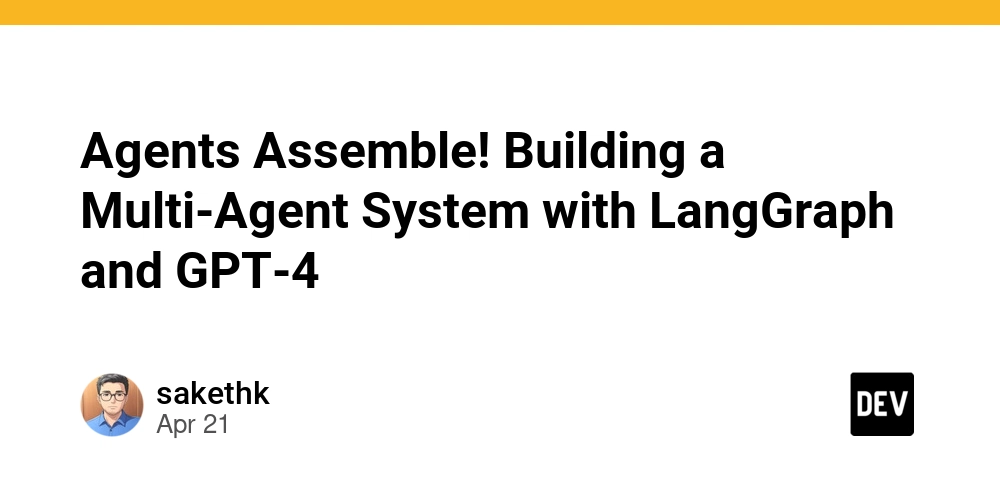Blockchain Project Funding and Token Burns: Fueling Innovation and Value Creation
Abstract: This post explores the emerging trends in blockchain project funding and the innovative mechanism of token burns. We discuss how historic funding models have evolved—from ICOs and STOs to decentralized fundraising via DAOs—while illustrating the significance of token burns as a deflationary strategy to boost token value and community trust. Combining technical insights with accessible language, we shed light on practical use cases, regulatory challenges, and future trends. Along the way, we integrate authoritative resources from reputable platforms such as Bitcoin, Ethereum, and Binance Coin (BNB), as well as insights from open-source and blockchain communities. Introduction The blockchain ecosystem is marked by fast-paced technological innovation and creative financial solutions. In today’s dynamic landscape, securing capital through unconventional methods and managing token economics have become fundamental to the success of blockchain projects. This post examines two pivotal concepts: innovative blockchain project funding mechanisms and the role of token burns in maintaining long-term value and trust. By understanding these concepts, developers, investors, and enthusiasts can appreciate not only the technical foundations but also the broader economic implications driving the blockchain revolution. Background and Context Blockchain project funding has moved well beyond traditional venture capital approaches. With increasing market adoption and rapidly evolving technology, projects now access capital via methods that embody decentralization and community-driven values: Initial Coin Offerings (ICOs): Introduced during the 2017 cryptocurrency boom, ICOs democratized access to capital. Startups issued tokens in return for established cryptocurrencies such as Bitcoin and Ethereum. Despite their rapid rise, ICOs were often marred by lack of regulatory oversight and fraudulent schemes. Security Token Offerings (STOs): In response to ICO challenges, STOs emerged as a safer, compliance-focused alternative. Tokens in STOs are backed by real-world assets and conform to securities regulations, thereby bridging traditional finance with the innovative world of digital assets. Decentralized Autonomous Organizations (DAOs): DAOs utilize smart contracts—see Smart Contracts on Blockchain—to democratize decision-making. Community members vote on proposals and engage in fundraising efforts, ensuring that the project roadmap aligns with collective interests. Funding methods have grown increasingly sophisticated, providing a robust ecosystem for blockchain developers. In parallel, token economics has evolved to include deflationary mechanisms that balance supply and demand, thereby supporting long-term value creation. Core Concepts and Features Blockchain Project Funding Modern funding models in the blockchain space incorporate several innovative elements: Community-Centric Models: By leveraging DAOs, projects ensure that decisions are made collectively. This model builds trust and encourages ongoing support. Regulatory-Centric Approaches: STOs incorporate traditional checks and balances, tapping into a mature investor base and mitigating potential fraud. Dynamic Ecosystem Integration: Partnerships among blockchain projects, enterprise solutions, and decentralized finance (DeFi) platforms push the boundary further. These integrations are vital for projects that aim to transition from experimental technology to mainstream adoption, as seen in initiatives covering Blockchain and Digital Identity and Blockchain and Decentralized Finance. Token Burns Token burns have emerged as a mechanism to manage token supply and instill confidence in project longevity. Key features include: Deflationary Mechanism: By permanently removing tokens from circulation, projects can increase the scarcity of tokens. This is akin to a stock buyback in traditional finance, where reducing the total share count drives long-term price appreciation. Community Alignment: A commitment to token burns signals the project team’s dedication to protecting investor interests. Such transparency is crucial for building trust within the community. Economic Incentives: Token burns create a strong linkage between platform usage and token demand. For instance, Binance Coin (BNB) employs a quarterly burn strategy that ties token supply reduction to trading volume, bolstering its utility within the platform ecosystem. Below is a table summarizing the fundamental aspects of token burns: Aspect Description Benefits Deflationary Supply Permanent removal of a predetermined number of tokens from circulation. Increases scarcity and potential value appreciation. Community Trust Token burns demonstrate long-term commitment by the project team, aligning interests with token holders. Enhances investor confidence and engagement. Economic Incentives Mechanisms such as transactional burn
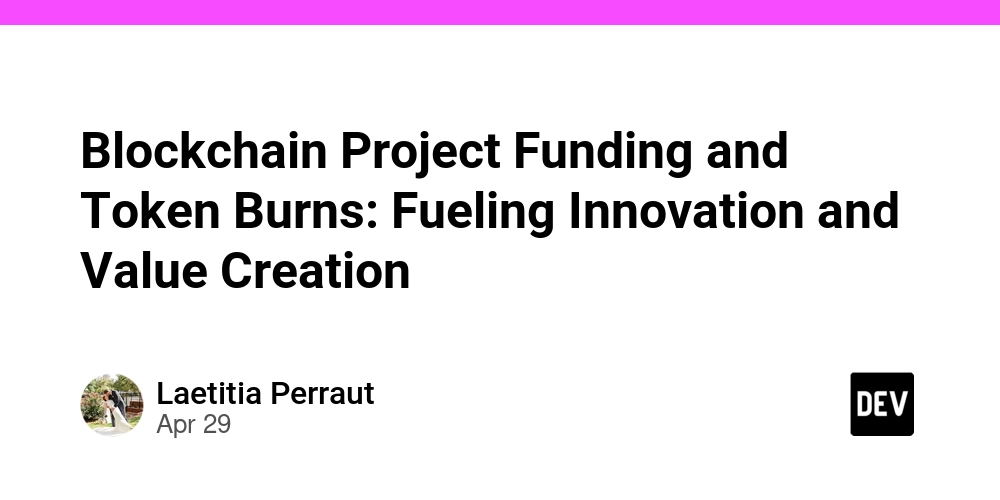
Abstract:
This post explores the emerging trends in blockchain project funding and the innovative mechanism of token burns. We discuss how historic funding models have evolved—from ICOs and STOs to decentralized fundraising via DAOs—while illustrating the significance of token burns as a deflationary strategy to boost token value and community trust. Combining technical insights with accessible language, we shed light on practical use cases, regulatory challenges, and future trends. Along the way, we integrate authoritative resources from reputable platforms such as Bitcoin, Ethereum, and Binance Coin (BNB), as well as insights from open-source and blockchain communities.
Introduction
The blockchain ecosystem is marked by fast-paced technological innovation and creative financial solutions. In today’s dynamic landscape, securing capital through unconventional methods and managing token economics have become fundamental to the success of blockchain projects. This post examines two pivotal concepts: innovative blockchain project funding mechanisms and the role of token burns in maintaining long-term value and trust. By understanding these concepts, developers, investors, and enthusiasts can appreciate not only the technical foundations but also the broader economic implications driving the blockchain revolution.
Background and Context
Blockchain project funding has moved well beyond traditional venture capital approaches. With increasing market adoption and rapidly evolving technology, projects now access capital via methods that embody decentralization and community-driven values:
Initial Coin Offerings (ICOs):
Introduced during the 2017 cryptocurrency boom, ICOs democratized access to capital. Startups issued tokens in return for established cryptocurrencies such as Bitcoin and Ethereum. Despite their rapid rise, ICOs were often marred by lack of regulatory oversight and fraudulent schemes.Security Token Offerings (STOs):
In response to ICO challenges, STOs emerged as a safer, compliance-focused alternative. Tokens in STOs are backed by real-world assets and conform to securities regulations, thereby bridging traditional finance with the innovative world of digital assets.Decentralized Autonomous Organizations (DAOs):
DAOs utilize smart contracts—see Smart Contracts on Blockchain—to democratize decision-making. Community members vote on proposals and engage in fundraising efforts, ensuring that the project roadmap aligns with collective interests.
Funding methods have grown increasingly sophisticated, providing a robust ecosystem for blockchain developers. In parallel, token economics has evolved to include deflationary mechanisms that balance supply and demand, thereby supporting long-term value creation.
Core Concepts and Features
Blockchain Project Funding
Modern funding models in the blockchain space incorporate several innovative elements:
Community-Centric Models:
By leveraging DAOs, projects ensure that decisions are made collectively. This model builds trust and encourages ongoing support.Regulatory-Centric Approaches:
STOs incorporate traditional checks and balances, tapping into a mature investor base and mitigating potential fraud.Dynamic Ecosystem Integration:
Partnerships among blockchain projects, enterprise solutions, and decentralized finance (DeFi) platforms push the boundary further. These integrations are vital for projects that aim to transition from experimental technology to mainstream adoption, as seen in initiatives covering Blockchain and Digital Identity and Blockchain and Decentralized Finance.
Token Burns
Token burns have emerged as a mechanism to manage token supply and instill confidence in project longevity. Key features include:
Deflationary Mechanism:
By permanently removing tokens from circulation, projects can increase the scarcity of tokens. This is akin to a stock buyback in traditional finance, where reducing the total share count drives long-term price appreciation.Community Alignment:
A commitment to token burns signals the project team’s dedication to protecting investor interests. Such transparency is crucial for building trust within the community.Economic Incentives:
Token burns create a strong linkage between platform usage and token demand. For instance, Binance Coin (BNB) employs a quarterly burn strategy that ties token supply reduction to trading volume, bolstering its utility within the platform ecosystem.
Below is a table summarizing the fundamental aspects of token burns:
| Aspect | Description | Benefits |
|---|---|---|
| Deflationary Supply | Permanent removal of a predetermined number of tokens from circulation. | Increases scarcity and potential value appreciation. |
| Community Trust | Token burns demonstrate long-term commitment by the project team, aligning interests with token holders. | Enhances investor confidence and engagement. |
| Economic Incentives | Mechanisms such as transactional burns link the token utility to platform activity (e.g., exchange fee discounts). | Encourages user participation and drives adoption. |
| Regulatory Transparency | Clear communication of token burn processes helps ensure compliance with market regulations, avoiding perceptions of manipulation. | Reduces risk of regulatory challenges and investor backlash. |
Bullet List of Key Advantages of Token Burns
- Scarcity Boost: Reduction in token supply enhances scarcity and may increase value over time.
- Investor Alignment: Demonstrates commitment from the development team by showing accountability.
- Incentivized Adoption: Direct linkage between usage and token value encourages more active community participation.
- Market Sentiment: Regular token burns can create positive market sentiment and investor confidence.
Applications and Use Cases
Blockchain technologies integrating funding and token burn strategies have several real-world applications:
1. Binance Coin (BNB)
Binance, a leading cryptocurrency exchange, showcases the power of token burns. With a strategy that allocates 20% of its profits quarterly to buy back and burn BNB, the exchange not only reduces the overall token supply but also incentivizes users through discounted trading fees. This mechanism has significantly contributed to BNB’s valuation and demonstrated the interplay between centralized platform operations and token economics.
2. Ethereum Improvement Proposal 1559 (EIP-1559)
Another influential example is Ethereum’s implementation of EIP-1559. In this model, a portion of transaction fees is permanently burned, making Ethereum’s monetary policy partially deflationary. This change has the potential to counteract inflationary pressures and aligns miner incentives with network health, further contributing to Ethereum’s long-term ecosystem strength.
3. DeFi and DAO-Based Projects
Many decentralized finance (DeFi) platforms and DAOs integrate token burn mechanisms to maintain economic equilibrium. By aligning token supply with platform activities, these projects offer a strong value proposition to both active users and long-term stakeholders. For example, projects in the Blockchain and Decentralized Finance sphere often implement token burns to balance rapid growth with sustainable token economics.
Challenges and Limitations
Despite the clear benefits, token burns and innovative funding models are not without challenges:
Regulatory Scrutiny:
As token burns affect market supply, they may draw regulatory attention, particularly if perceived as market manipulation. Transparent disclosure and adherence to compliance standards are essential to mitigate these risks.Volatility Concerns:
Token burns can create short-term price volatility, with speculation leading to rapid appreciation followed by corrections. Balancing short-term gains with long-term value is crucial.Overemphasis on Burns:
An excessive focus on token burns might divert attention from essential developmental activities. Projects should balance economic maneuvers with core technological innovation.Community Miscommunications:
Poorly communicated token burn strategies can lead to misunderstandings among the community, resulting in reduced trust and engagement.Sustainability of Project Economics:
Token burns must be backed by ongoing project development. Without continuous technological and ecosystem growth, burning tokens may simply serve as a temporary boost rather than a sustainable strategy.
Future Outlook and Innovations
The intersection of blockchain project funding and token burns heralds exciting opportunities for future innovation:
Enhanced DeFi Integrations:
As DeFi continues to mature, we can expect even more sophisticated integration of token burns that directly tie into ecosystem activities. Innovations in decentralized lending, yield farming, and liquidity pools will likely benefit from dynamic token supply adjustments.Cross-Chain and Interoperability Solutions:
Projects like Arbitrum and Blockchain Interoperability are paving the way for seamless cross-chain applications. In these environments, token burn mechanisms could standardize value across networks, creating more robust and integrated digital economies.Regulatory Evolution:
As the regulatory environment adapts to blockchain technology, clearer frameworks will emerge. This will not only mitigate risks but also encourage more widespread adoption of creative funding methods and token burn strategies.Community-Driven Governance:
The evolution of DAOs and blockchain governance models will continue to drive the development of fair and transparent funding mechanisms. These models empower a more engaged community and reinforce trust in token economics.Integration with Open Source Funding Models:
Beyond simple funding, blockchain projects may integrate with open-source platforms to secure both financial backing and technological innovation. This synergy will be explored further by projects like License Token – A New Paradigm for OSS Sustainability and others on Dev.to.
Summary
In summary, blockchain project funding and token burns represent dual pillars in the drive toward sustainable digital innovation. Funding models such as ICOs, STOs, and DAO-based approaches allow for democratized, transparent capital allocation. Simultaneously, token burns serve as an innovative deflationary mechanism that not only enhances token scarcity but also aligns the interests of developers and the community.
Combining these strategies can offer several key benefits:
- Enhanced Scarcity: Token burns reduce supply over time, potentially increasing token value.
- Stronger Investor Confidence: Transparent processes and community alignment boost long-term trust.
- Economic Incentives: Direct links between platform usage and token value help drive adoption and innovation.
Despite challenges related to regulatory scrutiny, market volatility, and miscommunication, the strategic use of token burns alongside evolving funding mechanisms paves the way for more resilient and innovative blockchain ecosystems.
Looking ahead, continuous integration of these approaches—coupled with advancements in cross-chain interoperability, enhanced DeFi solutions, and community-driven governance—will likely cement blockchain technology as a cornerstone of modern finance and digital innovation.
For further reading on related topics, please explore these authoritative resources:
- Bitcoin and Ethereum for foundational blockchain insights.
- Smart Contracts on Blockchain for technical insights into decentralized operations.
- Blockchain and Digital Identity as well as Blockchain and Decentralized Finance for broader applications within the ecosystem.
Additionally, check out these insightful Dev.to posts for further discussion on funding and governance models within blockchain projects:
- Exploring Blockchain Project Funding and Governance Tokens – Evolution, Models, and Future Trends
- Fair Code: A Balanced Approach to Open Source and Beyond
- Open Source Developer Revenue Streams and Income Strategies – Harnessing Blockchain, NFTs, and Open Source
- License Token – A New Paradigm for OSS Sustainability
Conclusion
The blockchain industry continues to evolve at a brisk pace. As this post has demonstrated, integrating robust project funding mechanisms with innovative token burn strategies can create a powerful framework for long-term value and sustainable growth. By balancing regulatory compliance, technological innovation, and community trust, blockchain projects can secure a competitive edge over traditional funding models.
Looking to the future, the seamless blend of these financial strategies will foster the growth of decentralized digital ecosystems, drive sustainable economic models, and ultimately power the mainstream adoption of blockchain technology. As both established platforms and emerging projects refine their practices, the combined effects of creative funding and deflationary token management will undoubtedly continue to fuel innovation and value creation in the global digital landscape.
Stay informed, stay innovative, and keep exploring the endless opportunities at the intersection of technology and finance.




































































































































































![[The AI Show Episode 145]: OpenAI Releases o3 and o4-mini, AI Is Causing “Quiet Layoffs,” Executive Order on Youth AI Education & GPT-4o’s Controversial Update](https://www.marketingaiinstitute.com/hubfs/ep%20145%20cover.png)












































































































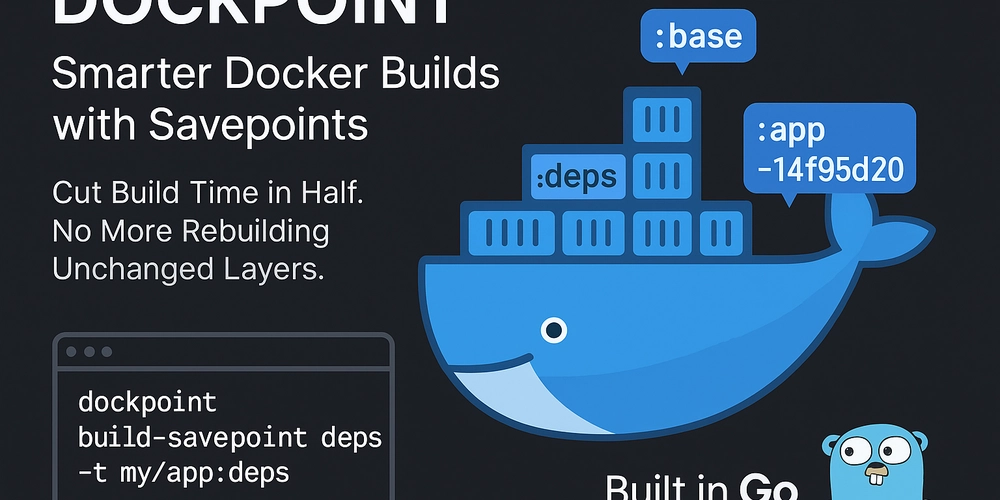
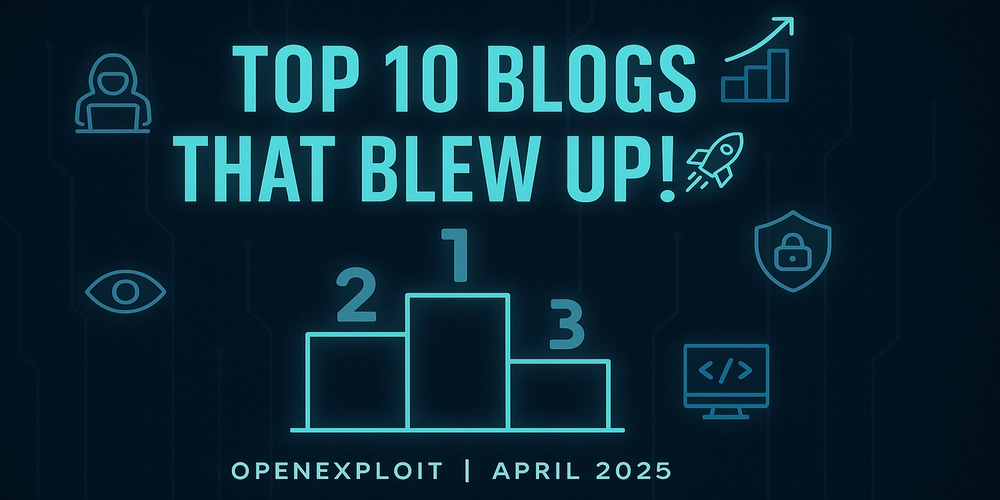
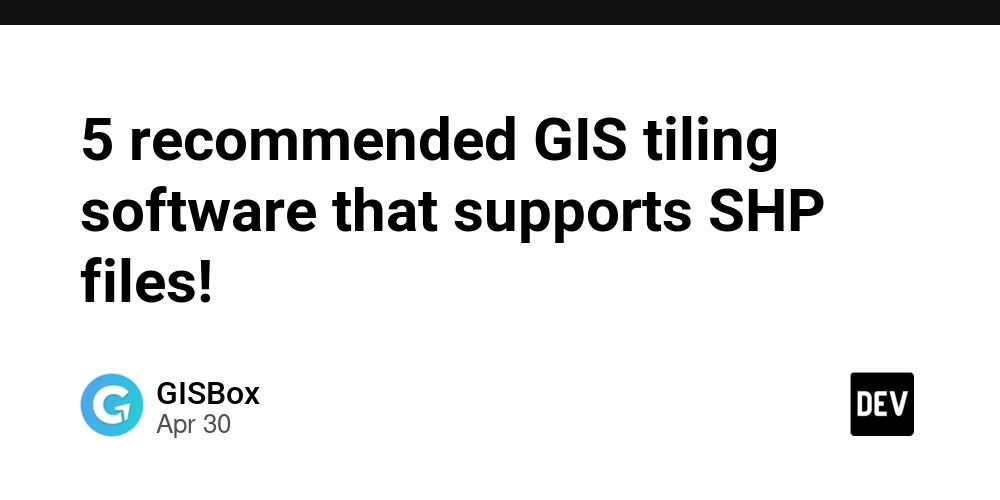
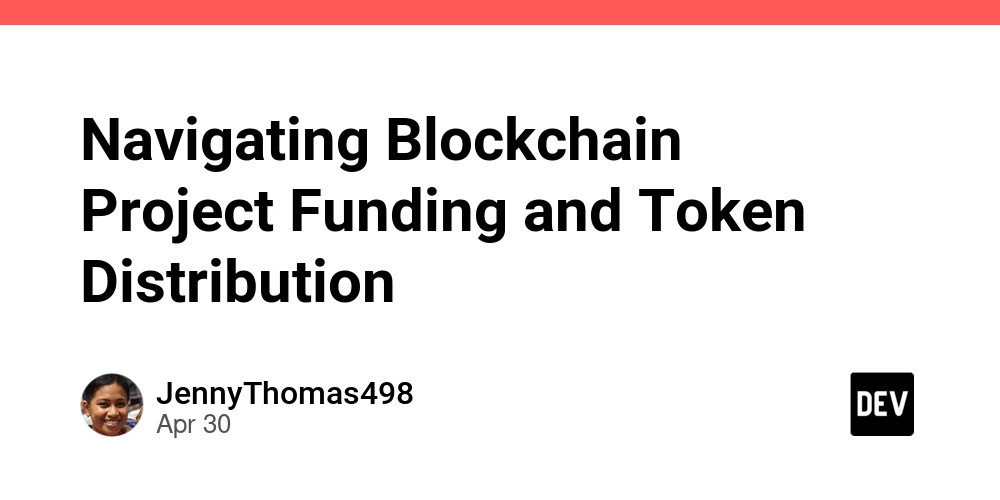























































































































.jpg?#)
































_NicoElNino_Alamy.jpg?width=1280&auto=webp&quality=80&disable=upscale#)


























































































![Craft adds Readwise integration for working with book notes and highlights [50% off]](https://i0.wp.com/9to5mac.com/wp-content/uploads/sites/6/2025/04/craft3.jpg.png?resize=1200%2C628&quality=82&strip=all&ssl=1)
















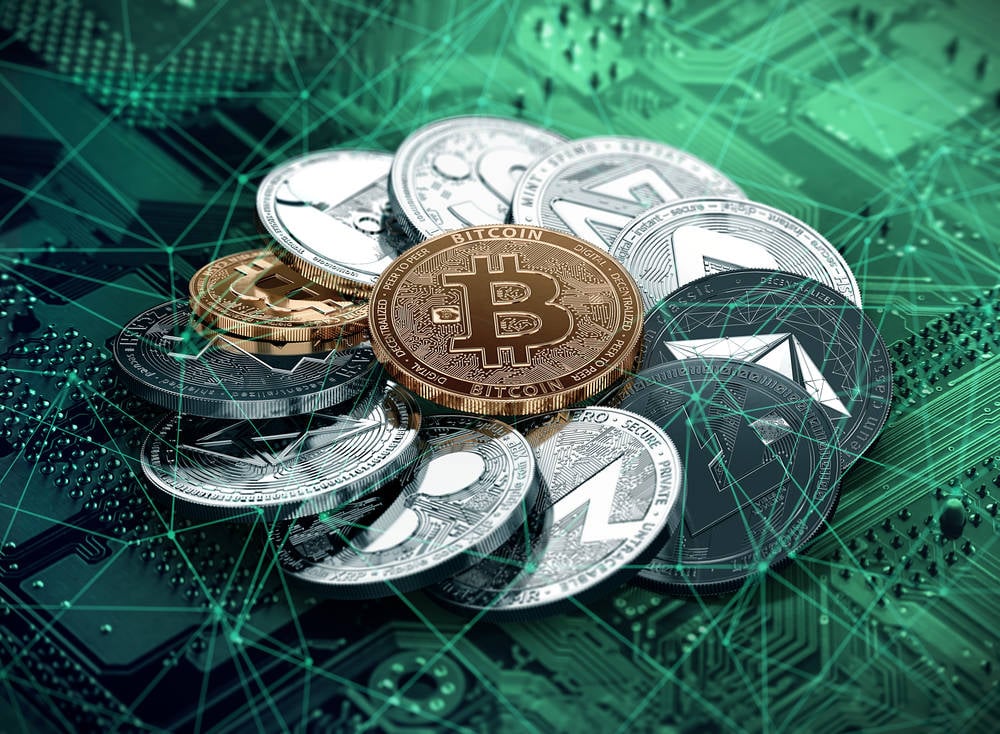


![Standalone Meta AI App Released for iPhone [Download]](https://www.iclarified.com/images/news/97157/97157/97157-640.jpg)
















































